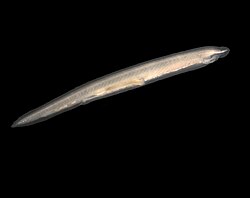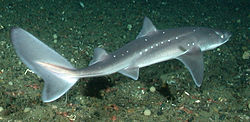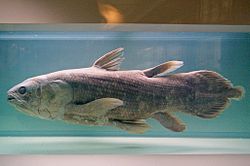
This article contains a list of all of the classes and orders that are located in the Phylum Chordata.
Contents
- Subphylum Cephalochordata
- Class Leptocardii: Lancelets
- Subphylum Tunicata
- Class Ascidiacea: Sessile tunicates
- Class Thaliacea: Pelagic tunicates
- Class Appendicularia: Solitary, free-swimming tunicates
- Subphylum Vertebrata
- Infraphylum Agnatha: Jawless vertebrates
- Infraphylum Gnathostomata: Jawed vertebrates
- See also
- References
The subphyla Tunicata and Vertebrata are in the unranked Olfactores clade, while the subphylum Cephalochordata is not. Animals in Olfactores are characterized as having a more advanced olfactory system than animals not in it.
The only extinct classes shown are Placodermi and Acanthodii. Note that there are many other extinct chordate groups that are not shown here.











